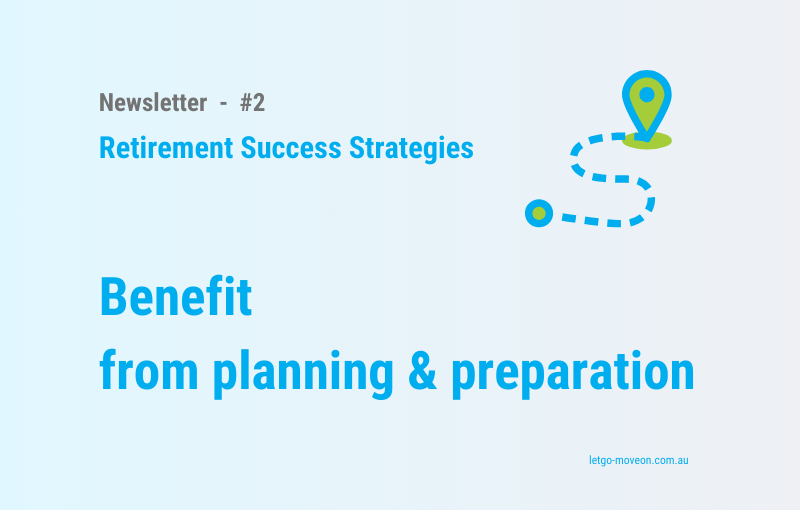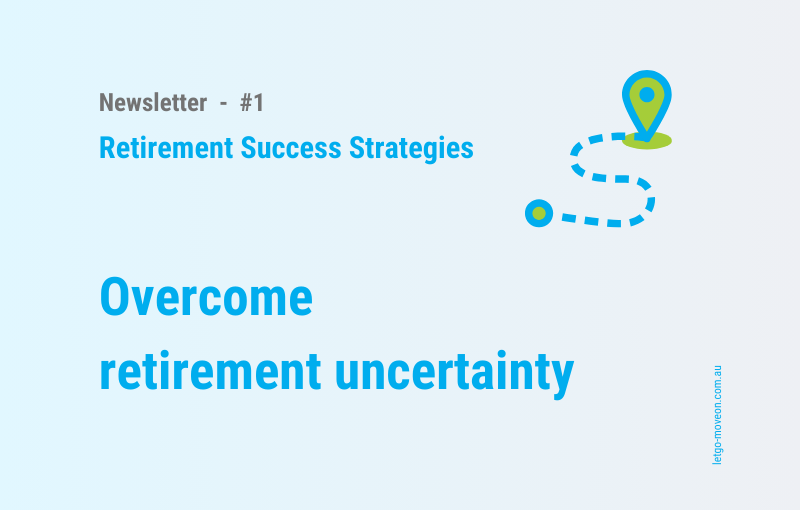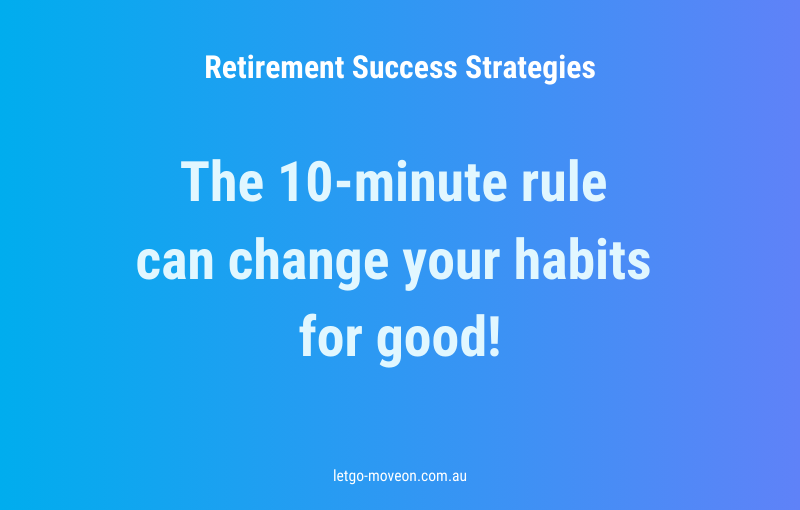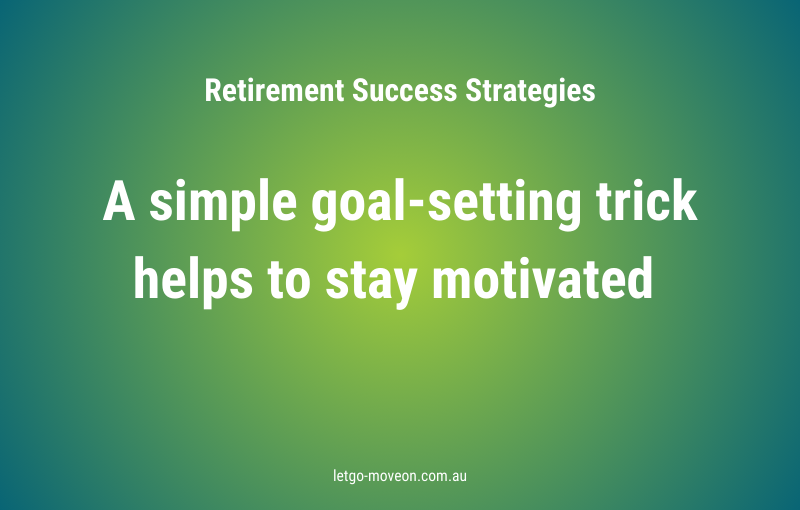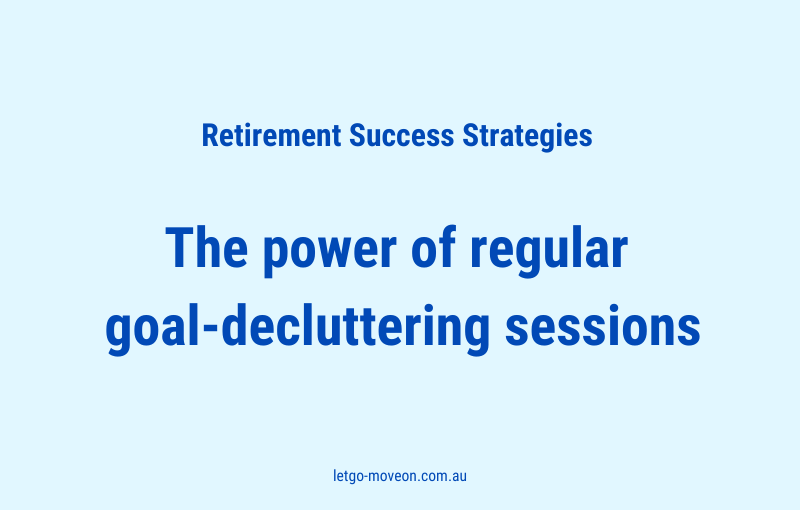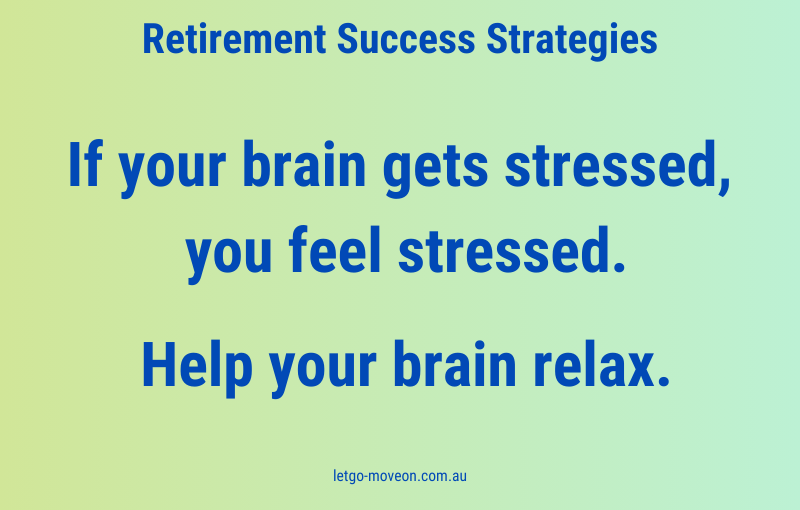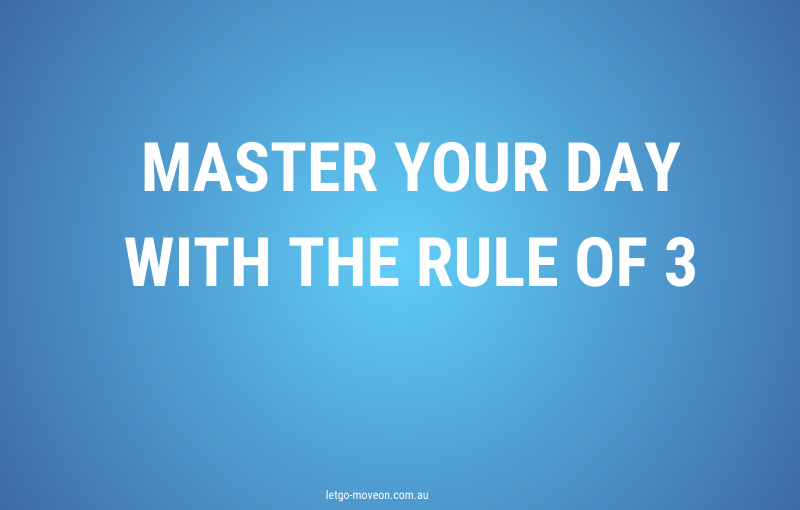This is the first issue of the newsletter, ‘Retirement Success Strategies for Professionals’.
We start our exploration of expert tips, practical tools, and proven strategies for a fulfilling retirement today – with an awareness exercise.
There is no need to take action immediately.
The purpose of this first article is to help you uncover and better understand your current beliefs and concerns about retirement.
The coming newsletter articles will offer
-
- guidelines and exercises to help you overcome any retirement-related challenges and obstacles,
- as well as tools and strategies for the design and realisation of your personal retirement action plan.
Don’t forget to sign up for my email newsletter – to ensure you don’t miss any of the Retirement Success Strategies.
Now let’s dive in!
Uncertain about retirement? Here are the concerns of stepping away from work and how to overcome them.
As a professional nearing or already in retirement, you may find yourself facing unexpected challenges. Some challenges arise from your concerns and beliefs about retirement, and you may not yet be aware of all of them.
The goal of today’s awareness exercise is to help you recognise any limiting thoughts and worries, allowing you to approach your retirement life with an open mind and make intentional decisions about it.
These are some of the most common concerns you may encounter, along with suggestions for navigating them:
-> IDENTITY AND PURPOSE
Loss of professional identity
Leaving behind a career that has defined our success, status, and self-worth can create an identity crisis. (‘Who am I? Who do I want to be now?’)
Suggestions – Start redefining who you are beyond your job title. Consider advisory roles, mentoring, or engaging in activities that align with your skills and values. Explore new passions and redefine success on your terms.
Fear of losing influence and relevance
The idea of becoming “invisible” or less valued without our professional role can be unsettling.
Suggestions – Recognise and celebrate your achievements while redirecting your attention towards continuous personal growth. Writing a book, for example, engaging in a community project or pursuing intellectual interests, can provide a sense of continued achievement.
Uncertainty about what’s next
Without a clear purpose beyond work, the future can seem empty or directionless.
Suggestions – Start to develop a vision for the next phase of your life. Try new activities, travel, or volunteer. Use your expertise in new professional or community roles. Test different options to discover what excites you before making long-term commitments.
-> LIFESTYLE AND DAILY-LIFE STRUCTURE
Disrupted daily routine
Without a structured workday, we may feel aimless or unproductive.
Suggestions – Establish a new routine with planned activities, exercise, social engagements, and personal projects. Treat your time as a valuable resource and plan it intentionally.
Adjustment challenges
Going from a high-pressure, fast-paced career to a slower lifestyle can be mentally and emotionally challenging.
Suggestions – Ease into retirement gradually. Consider taking on part-time work, consulting, or setting short-term goals to maintain momentum while adjusting to the change.
Limited personal interests
If work was our primary focus, we may struggle to find fulfilling hobbies or activities.
Suggestions – Experiment with different pursuits – sports, arts, volunteering, travel, or learning a new skill. The key is to stay curious and open-minded.
-> RELATIONSHIPS AND SOCIAL NETWORKS
Social disconnection
Losing daily interaction with professional networks can lead to feelings of isolation.
Suggestions – Maintain and expand your network. Join an interesting association, attend industry events, and stay connected with colleagues. Additionally, reconnect with old friends, build new friendships through shared interests, join sports clubs, etc.
Changed family dynamics
Spending more time at home can shift relationships with our spouse or family in unexpected ways.
Suggestions – Engage in open discussions about your expectations and aspirations, as well as your need for personal space. Create a balance between togetherness and individual activities to maintain harmony.
Peer comparisons
Seeing former colleagues pursue impressive post-retirement careers may cause self-doubt.
Suggestions – Define success on your own terms. Focus on what brings you joy rather than competing with others. Everyone’s retirement journey is unique. Focus on your achievements and future goals.
-> AGEING-RELATED CONSIDERATIONS
Fear of ageing and decline
Retirement can be a stark reminder of ageing and potential health concerns.
Suggestions – Prioritise physical and mental wellness. Stay active, eat well, challenge your mind, and maintain regular medical check-ups to feel in control of your health.
Negative social stereotypes
Cultural narratives sometimes equate retirement with being less capable or relevant.
Suggestions – Challenge these stereotypes by staying active and engaged. Be curious and open to personal growth options. Retirement is an opportunity to reinvent yourself.
Finality of retirement label
Phrases like “the last chapter” can feel limiting and disempowering.
Suggestions – See retirement as a journey, not an endpoint. View it as a time of reinvention and new opportunities rather than closure. It doesn’t matter what others think about retirement; what and how you think about it matters. And that’s 100% your choice.
PRACTICAL TIP:
Take the time to thoroughly review the list and identify your own concerns.
Also, read carefully through the list of action suggestions offered below each concern.
They will open your mind to the fact that each of the listed concerns – and any other worries you might have – is actionable and solvable.
I hope this little self-reflection exercise helps you better understand your current thoughts and concerns about retirement life – and motivates you to explore the first steps you could take to start creating the life you want.
In the next article, I will discuss why intentional planning and preparation for retirement is an essential prerequisite for the realisation of your retirement dreams.




